Here's How We're Recreating Alien Atmospheres on Earth To Search for Life Beyond the Solar System
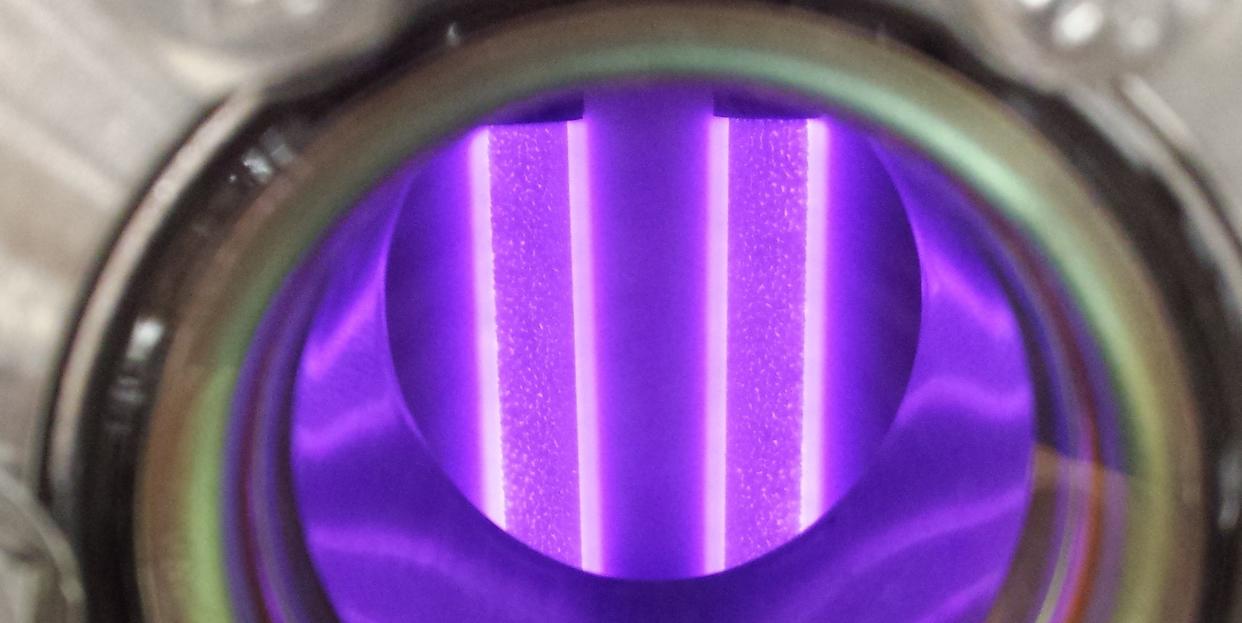
Over the last 30 years, scientists have discovered thousands of new planets. But one of the big questions that remains-especially for those hunting for alien life-is whether those planets and their atmospheres could support life.
Ground- and space-based telescopes can tell us the basics of each planet's specific cocktail of gasses that form its atmosphere, but to get a closer look, scientists are using sophisticated tools to simulate faraway planets in their earthbound labs. One such tool, called the Planetary HAZE (PHAZER), is helping scientists recreate alien atmospheres, including those found in our solar system and those of planets from far beyond.
Recreating an Alien World
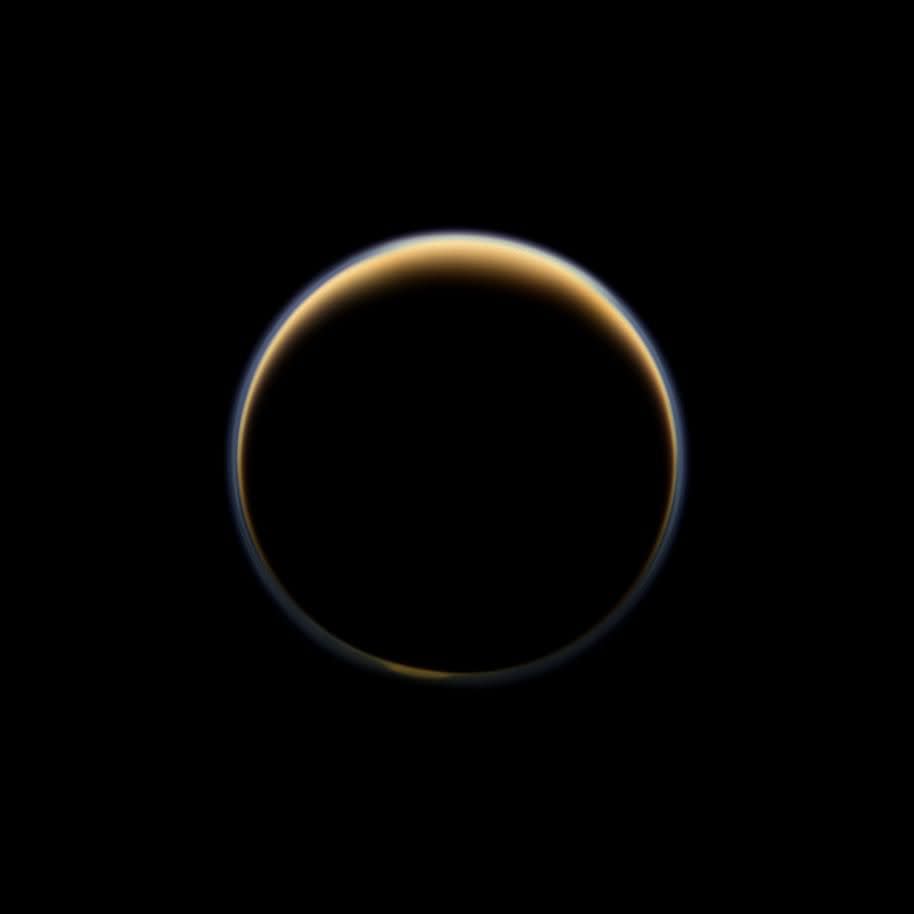
Knowing the atmosphere of a planet can tell us a lot about surface conditions and provide clues on how the planet formed in the first place. Such spectroscopic analysis is great, except it often depends on interpretation because many of these extreme exoplanets have no analogs in our solar system.
“Our exoplanet studies are motivated by the search for potential life on the thousands that have been discovered in recent years,” says Chao He, assistant research scientist in the Johns Hopkins University Department of Earth and Planetary Sciences. “Currently, we have very little information about the atmospheric composition on exoplanets.”
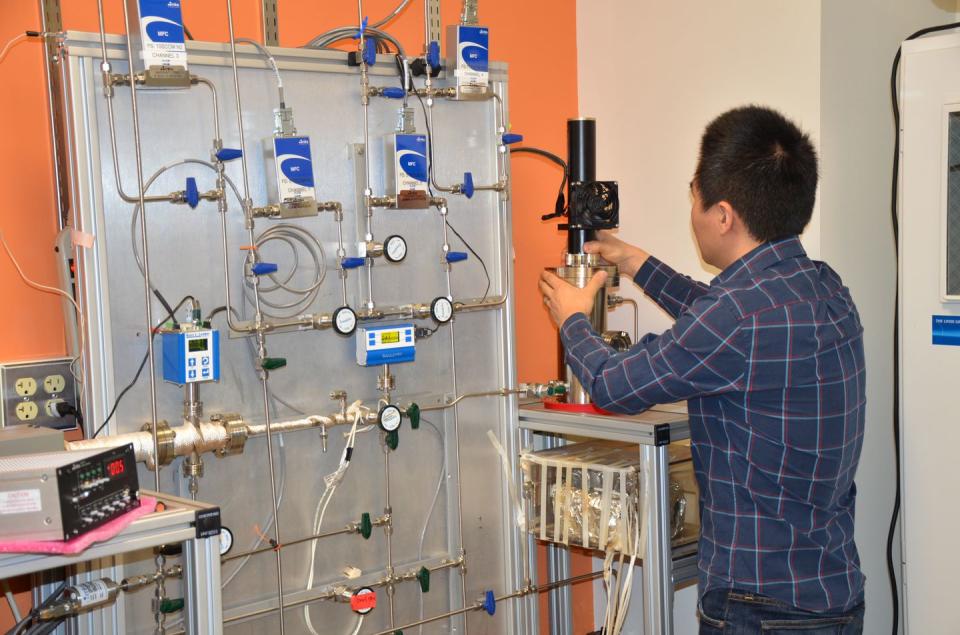
To fill the empirical gap, the Sarah Horst Laboratory in 2015 built and inaugurated PHAZER to create these alien atmospheres and uncover clues trapped inside our telescopic data. Originally created to study cold atmospheres, like Pluto, Saturn’s moon Titan and Neptune’s moon Triton, PHAZER’s ability to simulate atmospheric chemistry is proving indispensable when it comes to plumbing the mysteries of more distant targets.
“In order to simulate exoplanet atmospheres in a warm temperature range, we upgraded PHAZER’s temperature control system,” He says. “Now, we are able to simulate atmospheres from around 80 degrees K to 800 degrees K.”
The system can create a snapshot of an atmosphere better than any computer simulation, but time becomes a huge limiting factor.
“PHAZER is typically only run for a few days, and the processes that control the long-term evolution of planetary atmospheres occur over geologic timescales,” He says. “Our setup is not used to simulate the formation or evolution of atmospheres directly, but by examining the chemistry occurring during our experiments, we can gain insight into some of the processes that might affect planetary atmospheres over time.”
How It All Works
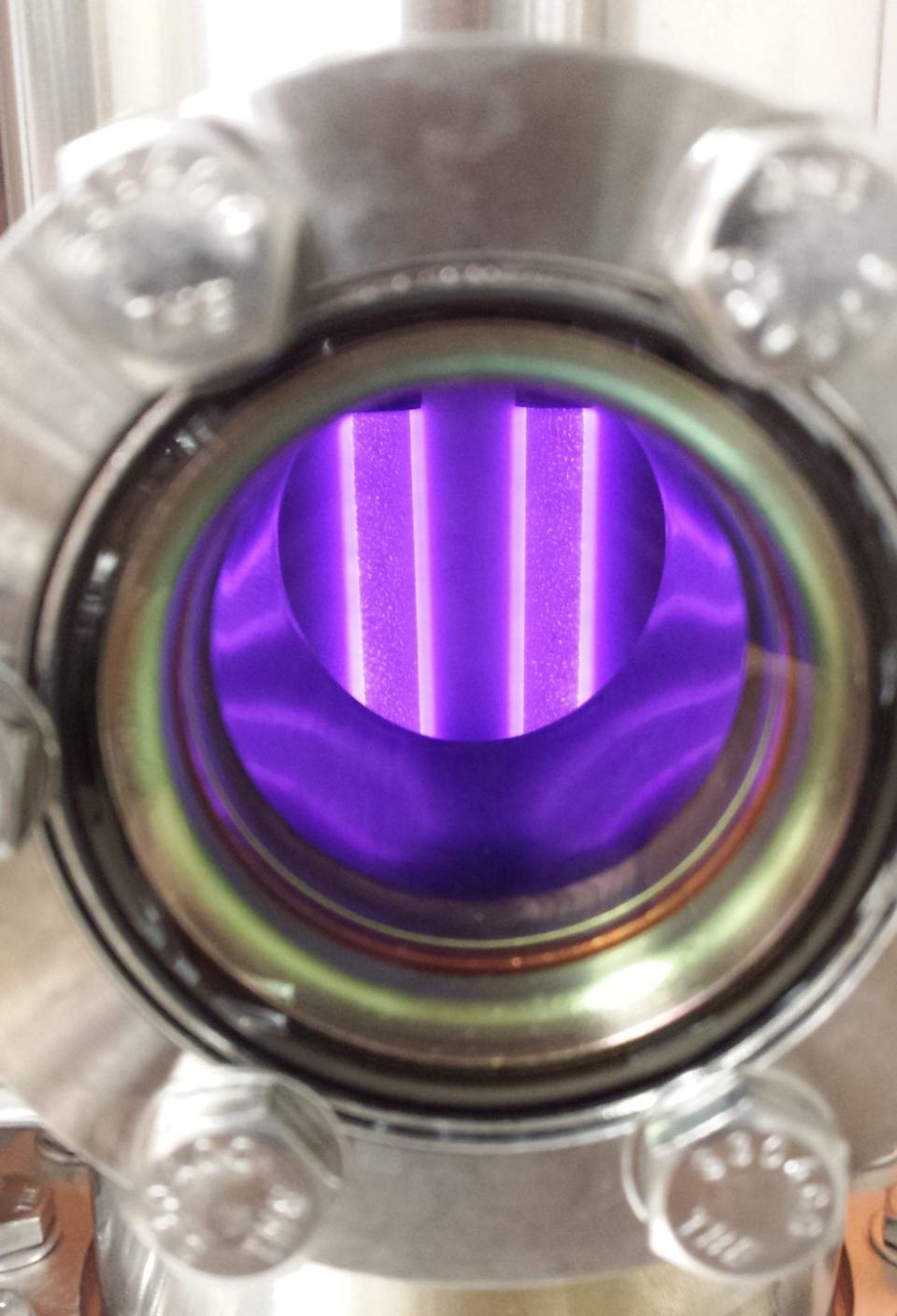
The system is already yielding results. Last week, He co-published a study recreating an oxygen-rich atmosphere to test a popular theory that lists oxygen as an indisputable sign that life may be present. However, He and his fellow researchers mixed nine combinations of carbon dioxide, water, ammonia, and methane that have been identified as the atmospheres of super-Earths and mini Neptunes, two of the most common exoplanets in the Milky Way. Each mixture is heated to temperatures ranging from about 80 to 700 degrees F.
The gasses are then exposed to UV light or plasma in order to spark the chemical reactions in space caused by sunlight or bombardment by highly charged particles. “The gas composition will be monitored in situ with a mass spectrometer during the experiment,” he says.
The results, published on December 11 in the journal ACS Earth and Space Chemistry, showed that researchers created organic compounds and oxygen purely through these chemical reactions-no life needed. “People used to suggest that oxygen and organics being present together indicates life, but we produced them abiotically in multiple simulations,” He says. “This suggests that even the co-presence of commonly accepted biosignatures could be a false positive for life.”
The Search Is On
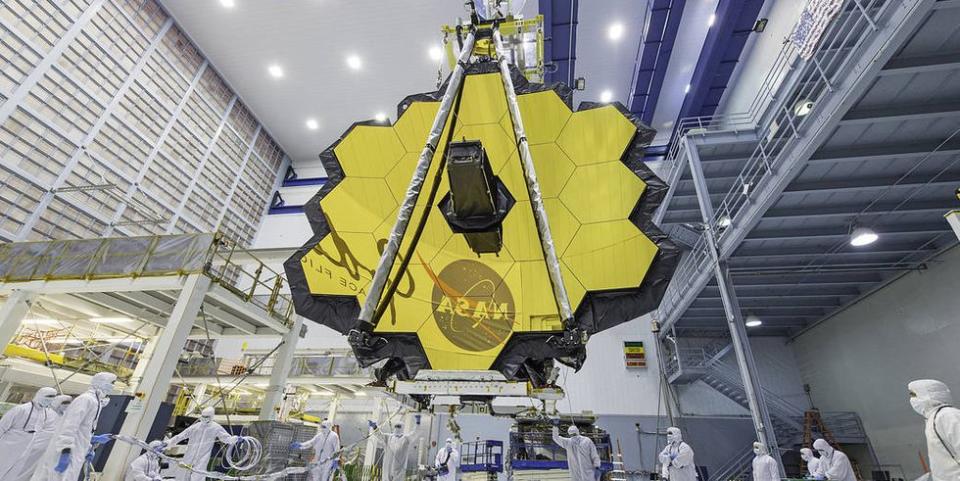
As the hunt for exoplanet candidates that support life continues to heat up, PHAZER will have more chances to be useful. The Transiting Exoplanet Survey Satellite mission, launched in April and declared operational in late November, will find an estimated 14,000 exoplanets. Even more data will flow when the James Webb Space Telescope, set to finally launch in 2021, adds its atmospheric observations.
PHAZER will also have a role in the future exploration of our solar system, and He is especially excited about studying Titan's atmosphere, which continually tantalizes extraterrestrial hunters. “Studies with PHAZER could increase our understanding of the photochemical processes occurring in Titan’s atmosphere,” He says. “Those processes can produce complex organic compounds...they can fall to surface of the Titan and may react with periodic liquid water to yield prebiotic species."
The work done with PHAZER proves that the search for alien life is more than just a matter of scoping a target with a telescope, finding an extraterrestrial fossil with a rover or discovering an actual organism. It’s a multidisciplinary effort that is consuming the thoughts, funding, and efforts of laboratory investigators of all stripes.
When we do find life beyond Earth, there will be plenty of quiet collaborators celebrating their often unseen roles.
('You Might Also Like',)

